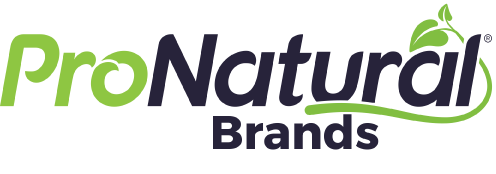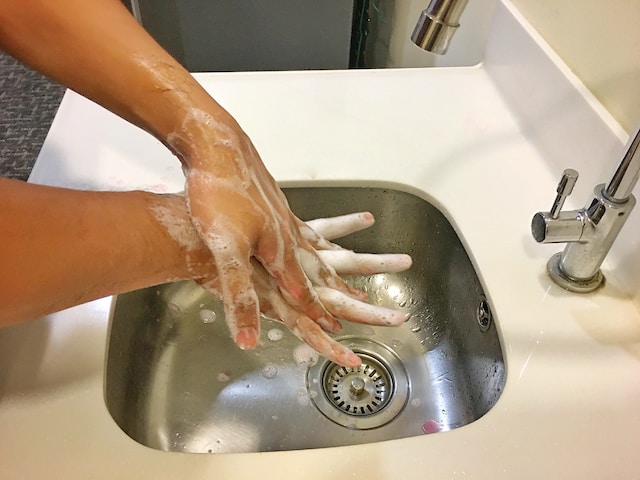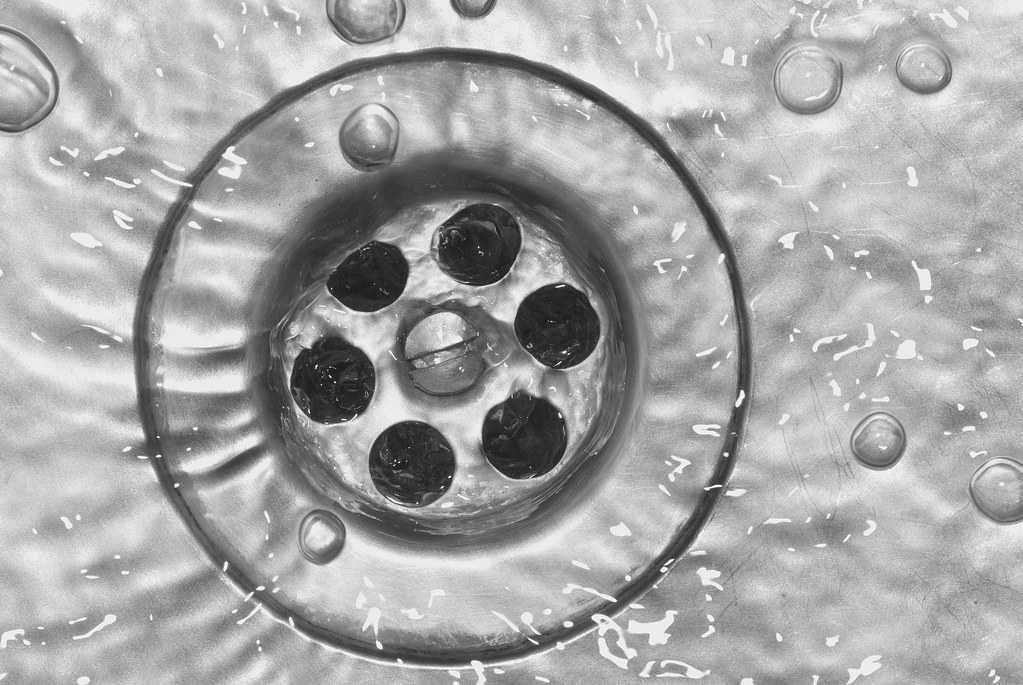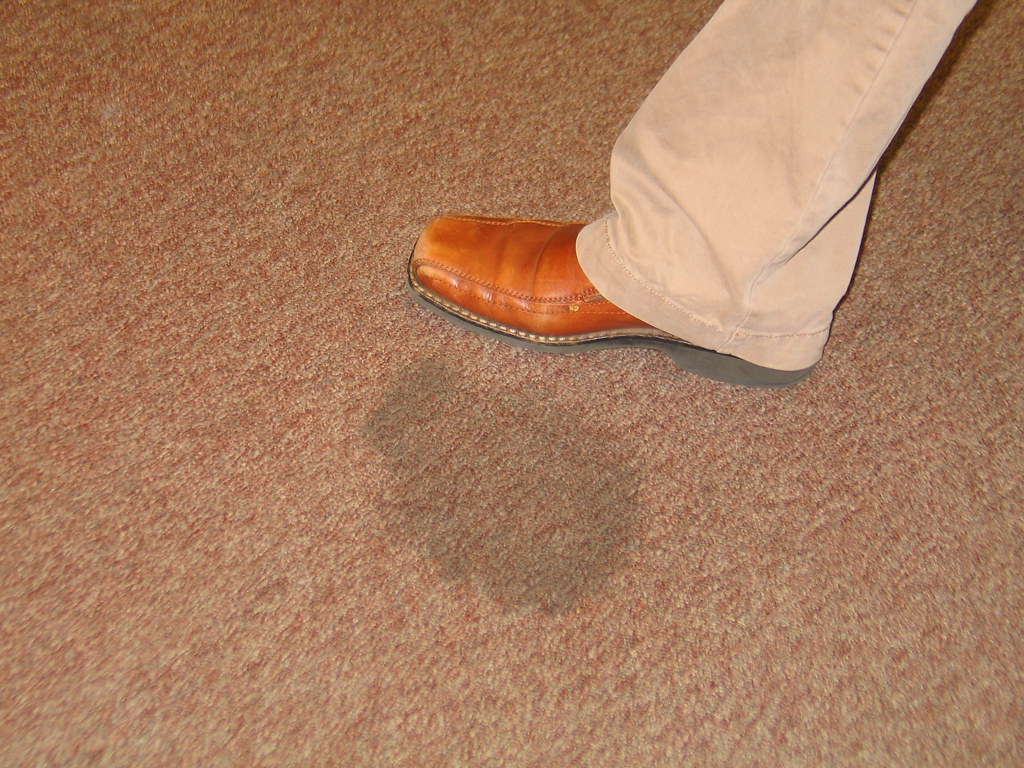During the pandemic, cleaning contractors selected all types of cleaning solutions and tools to help turn the tide against the virus. Some proved effective at helping to eliminate the virus and keep buildings and facilities healthy. But all too many proved ineffective and, in some cases, even harmful.
Whether helpful or not, many of these products are still in janitorial closets throughout the country. Leaving them stored there increases the chances that they may be used mistakenly or misused by one of the cleaning crew. Or a building user may grab a cleaning solution, not knowing how to use it properly or what it is designed to do.
Further, the longer cleaning solutions are stored in a janitorial closet, the greater the possibility of accidents. They may begin to release harmful fumes that can be circulated in the building’s ventilation system or accidentally get spilled on shelves, counters, and the floor.
And they cause confusion. Having just two or three cleaning solutions to select from instead of five or six, all designed to do similar tasks, makes it easier for cleaning workers to choose the products they need to do their jobs.
It’s time to minimize. We need to determine which products to keep and which to let go. We accomplish this by conducting what is known as a product audit.
A product audit evaluates each cleaning solution being used based on effectiveness, performance, and costs. Further, suppose a facility wants to use only environmentally friendly and sustainable products. In that case, it’s an opportunity to remove those that do not meet these criteria and only keep those that do.
The first step in starting a product audit is to create an audit team. The team may include building owners and managers along with members of the cleaning crew or just the cleaning crew.
The first duty of the audit team is to remove any cleaning solutions or products no longer being used, including those selected specifically to address the pandemic. Next, with the remaining products, we create a graph, either electronically in a spreadsheet or on a whiteboard or pad.
This product audit graph helps us distill the findings and would look something like this:
Most Costly
Least Effective Most Effective
Least Costly
Here’s how we use the graph and put the audit to work:
- Let’s say we have purchased three different floor finishes, products A, B, and C. Now we rank them.
- The team determines that product A is the costliest and the most effective. It’s ranked accordingly.
- B is the least costly, but the team agrees it is effective. They list it in the least costly category but rank it as effective, but not the most effective.
- C is moderately costly but considered the least effective.
- B is selected as the best value in this case, while products A and C will no longer be purchased or stored.
So now we have eliminated two products. With the unnecessary products eliminated, our next step is to evaluate the remaining products based on our long-term cleaning goals. If using less toxic, healthier cleaning solutions is our goal, we keep only those remaining products that are environmentally friendly, biodegradable, and safe for the user and the environment.
In some cases, cleaning professionals find that none of the products selected meet their long-term goals. In such cases, they must look for new products that are environmentally healthy, effective, and—to keep the product selection to a minimum—can multitask.
One option is the use of citrus-based cleaning solutions that can clean, sanitize, or disinfect at the same time. Because the key ingredient in these products is citrus, these are very sustainable cleaning solutions. Further, at least one citrus disinfectant has been EPA-registered, verifying it is a hospital-grade disinfectant.
Using citrus-based sanitizers and disinfectants can eliminate the need for several other cleaning solutions, help reduce costs, prevent accidents, and make cleaning easier and more effective for cleaning workers.
No matter what cleaning products you use now, product audits are a great way to determine whether your company is fulfilling its sustainability and cost-effectiveness goals. What do the results of your product audit tell you?






